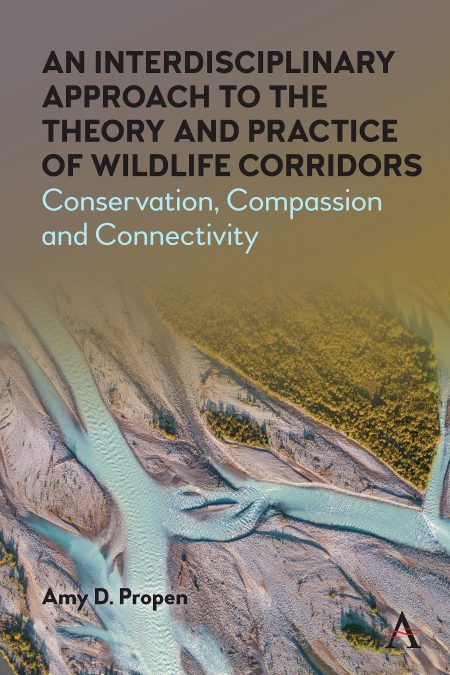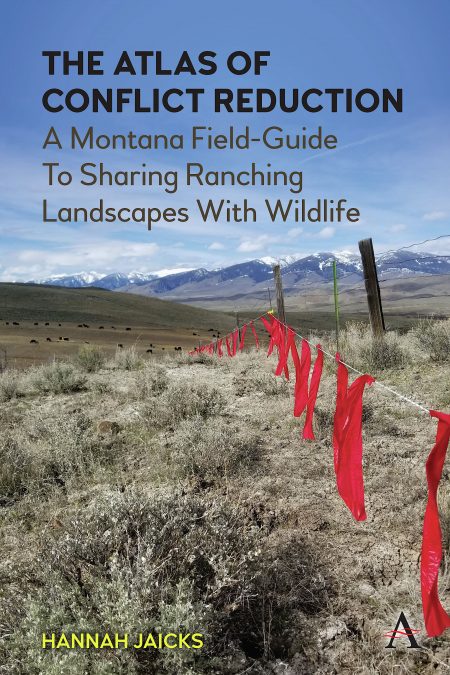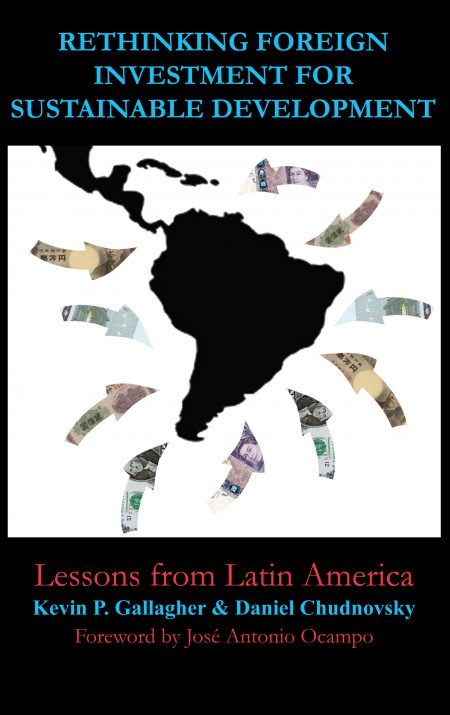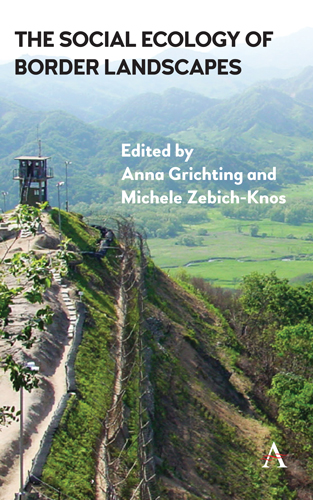An Interdisciplinary Approach to the Theory and Practice of Wildlife Corridors
Conservation, Compassion and Connectivity
Title Details
- ISBN: 9781785279188
- June 2024
- Pages: 250
- Imprint: Anthem Press
An Interdisciplinary Approach to the Theory and Practice of Wildlife Corridors charts some best practices and makes some new theoretical contributions related to the design and creation of wildlife corridors in Anthropocene times. The book not only provides much of the knowledge necessary for a general and credible understanding of connectivity projects, but also makes a unique theoretical contribution to current knowledge about wildlife corridors by arguing that theories about compassion, empathy, and traditional ecological knowledge should inform wildlife corridor projects.
Wildlife corridors, or connectivity projects, are necessary, because when land is set aside or used for human activities, habitats that were once contiguous become fragmented. If species are unable to move between these fragmented areas, they become at risk for inbreeding or extinction. Wildlife corridors attempt to remediate such fragmentation by restoring connectivity and creating expanses of habitat that can provide species with important bridges and points of connection between other habitats. Providing such linkages between habitats reduces these risks and helps maintain genetic diversity and a population’s health.
The book argues for a holistic approach to wildlife corridors that attempts to account for a broad and varied range of stakeholder voices, including those of the vulnerable nonhuman species that underpin the need for corridor projects in the first place. This book should appeal to general audiences and practitioners alike.
Amy D. Propen is faculty in the Writing Program at the University of California, Santa Barbara. She is author of At Home in the Anthropocene and Visualizing Posthuman Conservation in the Age of the Anthropocene.
Acknowledgments; Chapter 1: Introduction; Chapter 2: Key Concepts: Connectivity from a Species Perspective; Chapter 3: The Design and Management of Wildlife Corridors; Chapter 4: Emerging Theoretical Perspectives: Compassionate Conservation, Empathy, and Traditional Ecological Knowledge; Chapter 5: The Wildlife Crossing on the Flathead Indian Reservation in Montana: Respecting the Spirit of Place; Chapter 6: The Monkton Wildlife Crossing and the Rare Blue-spotted Salamander: Vermont’s First Amphibian Crossing Tunnels; Chapter 7: The Railway from Oxford to London Marylebone: Transportation Upgrade Meets Compassion for Vulnerable Habitats; Chapter 8: Aerial Corridors in Urban Environments: Light Pollution and Migratory Birds; Chapter 9: The Papahānaumokuākea Marine National Monument in Hawaii: Traditional Ecological Knowledge and Marine Protected Areas; Chapter 10: Looking Ahead: Best Practices and New Perspectives Related to Wildlife Corridors; Bibliography; Index
Related products
-
Water Diplomacy in Action
Contingent Approaches to Managing Complex Water Problems
Edited by Shafiqul Islam, Kaveh Madani
January, 2017
£140.00 / $140.00 -
The Atlas of Conflict Reduction
A Montana Field-Guide To Sharing Ranching Landscapes With Wildlife
Hannah Jaicks
February, 2022
£125.00 / $125.00 -
Conflict and Sustainability in a Changing Environment
Through the Eyes of Communities
Gwendolyn Smith, Elena P. Bastidas
January, 2017
£115.00 / $115.00 -
Rethinking Foreign Investment for Sustainable Development
Lessons from Latin America
Edited by Kevin P. Gallagher, Daniel Chudnovsky
foreword by José Antonio OcampoFebruary, 2009
£115.00 / $115.00 -
Energy for Development
Twenty-first Century Challenges of Reform and Liberalization in Developing Countries
Rangaswamy Vedavalli
March, 2007
£120.00 / $120.00 -
The Social Ecology of Border Landscapes
Edited by Anna Grichting, Michele Zebich-Knos
May, 2017
£115.00 / $115.00








